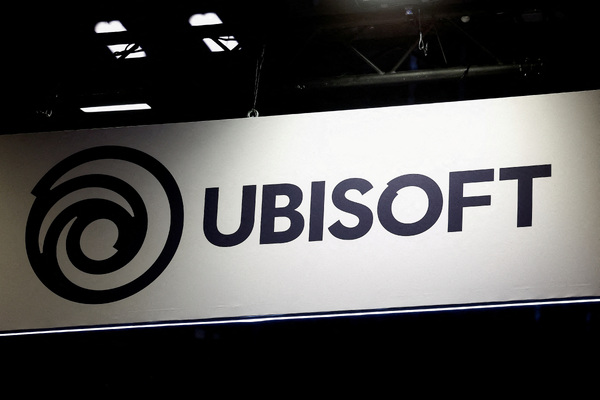Web3’s missing link: how Monavate bridges digital innovation with financial reality
Sponsored by MonavateFor all the hype surrounding Web3’s promise of decentralised, borderless transactions, there’s an inconvenient truth: it still needs traditional financial infrastructure to function. Monavate CEO Michael Rolph isn’t just aware of this paradox – he’s built a profitable business around solving it.
“Web3 is the future of fintech. But it’s not Web3 without fintech, and Monavate puts the fintech in Web3,” says Rolph, articulating the challenge facing the entire digital asset industry.
While most fintech startups chase venture capital and burn through cash reserves, Monavate has taken a different approach. The company has quietly built a comprehensive platform that bridges legacy banking, modern fintech and Web3’s innovations – all while maintaining that rarest of achievements in the space: profitability.
“Most fintechs either have no business model or a terrible one,” says Rolph. “They raise money, burn it faster than they can raise the next round and assume they have product-market fit because they talk about it enough. That’s not how we operate.”
Monavate co-founder and President Scott Lucas, who spent two decades witnessing the inefficiencies of business-to-business payments firsthand, explains the fundamental problem. “Payments should be simple, fast, and efficient,” he says. “Instead, we have legacy banking systems that introduce unnecessary friction, slow transfers and increase the risk of fraud.”
Monavate’s solution? Radical simplification. The company has consolidated what traditionally required six or seven different services onto a single platform: MonavateOne. As a principal member of Visa, Mastercard and Discover, Monavate has positioned itself at the core of the global payments infrastructure.
This infrastructure-first approach has led to several industry innovations. “We made the first-ever in-cloud payment where our customers are in the cloud, we’re in the cloud and Mastercard were in the cloud,” Lucas explains. “We launched MetaMask on Baanx, enabling end-to-end spending in decentralised worlds on the blockchain, and became the first on Visa and Mastercard to facilitate stablecoin settlement.”
The impact on businesses has been tangible. “We’ve simplified the transactions and the reconciliation, so you no longer need huge backroom teams of people to be able to reconcile this information through the data that we capture,” explains Lucas. By consolidating multiple services onto one platform, Monavate eliminates the manual workarounds traditionally required when businesses work with six or seven different suppliers. The result is faster settlements, better fraud protection and a dramatic reduction in operational complexity.
After four years of what Rolph describes as “maniacal focus”, the results speak for themselves. Revenue is doubling year over year, and the company has expanded from its UK origins into Europe, with partners lined up to support in the US for imminent launch and licences pending in Latin America. Plans for Asia, Australasia and the Middle East are on the horizon.
“For the past four years, we’ve been focused on building reality,” says Rolph. “Not talking about vision – delivering it. That’s why our revenue is doubling year on year. And if we did nothing beyond what we’ve already built, we know it’ll double again.”
In an industry where many players promise to revolutionise finance through blockchain technology alone, Monavate’s approach stands out. Web3’s success depends not on replacing traditional financial infrastructure but on building the bridges that connect old and new. And as Web3 continues to evolve, those bridges aren’t just useful, they’re essential.
Beyond the Web3 hype: How fintech infrastructure makes digital innovation possible


Business Reporter Team
You may also like
Most Viewed
Winston House, 3rd Floor, Units 306-309, 2-4 Dollis Park, London, N3 1HF
23-29 Hendon Lane, London, N3 1RT
020 8349 4363
© 2025, Lyonsdown Limited. Business Reporter® is a registered trademark of Lyonsdown Ltd. VAT registration number: 830519543





